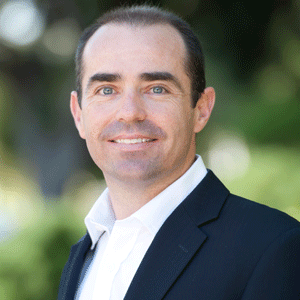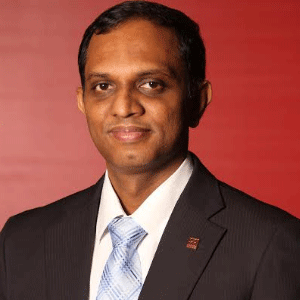THANK YOU FOR SUBSCRIBING

John Kearney, MD, APAC, Zuora
McKinsey Global Institute* has estimated that the potential economic impact of The Internet of Things (IoT) in 2025 will range from US $2.7 – $6.2 trillion. At the same time, a recent survey by Zuora has found that 22 per cent of companies are planning to implement their Internet of Things solutions or applications in the next 12 months and 15% are currently in pilot stage.
"Today, IoT represents a seismic shift for businesses, because a connected device is a significant learning and revenue opportunity."
As IoT turns products into services companies are fast realising that they will have to make some fundamental, systemic changes in the way they conduct their businesses to fully capitalise on the opportunity olor:text1;mso-ansi-language:EN-US'>IoT represents a seismic shift for businesses, because a connected device is a significant learning and revenue opportunity.
However, integrating products and services isn’t a new concept. There have always been after-market maintenance solutions, and at a very basic level IoT could be considered a virtual break/fix plan.
While the first wave of IoTconsists of devices that can diagnose their own problems and schedule their own field technician calls, IoT will move beyond efficiency and into possibility.
However, even now in their embryonic stages, IoT companies are gathering speed in deploying new processes to support the potential profits to be made from the IoT economy. They’re monetising things like usage, storage, contextual sharing, and aggregated data from connected machines.
But this model comes with many challenges. How do you price hardware versus services? How do you bundle for different categories of buyers? How do you innovate faster than the IoT market when faced with an environment where competing devices are going to proliferate?
Companies will need a clean break from their old product-based business models. They will need to reinvent them selves as subscription-based platforms and ready themselves for operating in a world where a product is not a product — it’s a service.Instead of focusing on shipping units, companies will focus on acquiring, maintaining, and monetising valuable customer relationships.
IoT businesses will need systems that track customer use services and allows customers to personalise their offering and plan. They will also want to know that downstream recurring billing and revenue will take care of themselves.
IoT also requires flexible systems that charge according to service usageby the month, by project or by any other measure. It also requires an agility that is beyond the reach of ERP systems of old, but which is emerging with subscriptions.
Company executives will need to ask themselves:
- Can we engage and manage at scale?
- Can we change pricing in days or weeks instead of months or years?
- Can we move from one basic unit to another? (think minutes to megabytesin mobile)
- Can we handle the use cases? (renewals, upsells, downsells)
- Is sales part of the experience?
- Will we accommodate international and regional pricing?
- Can we support electronic payments?
Ultimately, IoT is not just about extending a product’s capabilities. It’s about creating a world where a product is not a product — it’s a service. Are you ready?
Weekly Brief
I agree We use cookies on this website to enhance your user experience. By clicking any link on this page you are giving your consent for us to set cookies. More info
Read Also














